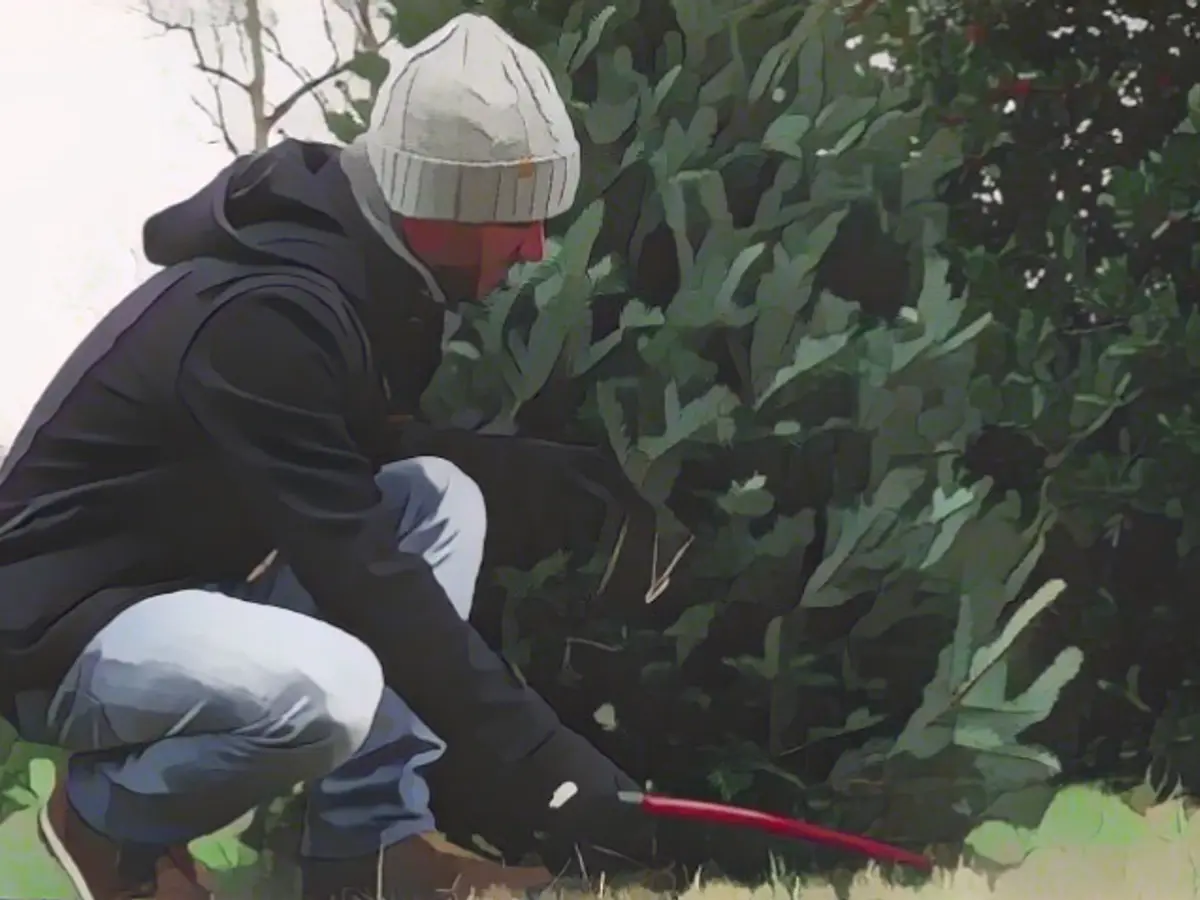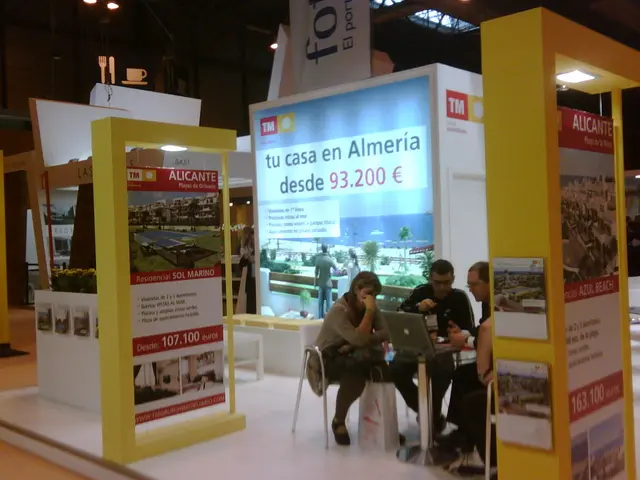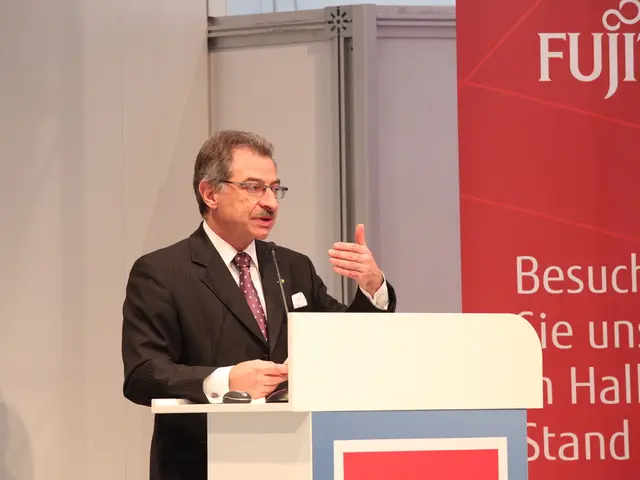Choosing Between Real and Artificial Christmas Trees: A Green Guide
Share this article
With the holiday spirit in full swing, it's time to deck the halls – literally. But as you weigh your options between a real tree and a plastic one, the debate on their environmental impact can leave you confused.
Here's the truth: buying into the idea of a greener Christmas starts with making an informed decision. Fret not – we've done the research, so you don't have to.
The Great Debate: Real vs. Artificial
The environmental consequences associated with both real and artificial Christmas trees vary based on various factors. Let's review the pros and cons of each.
Real Trees: Sustainable or Just Tree-mendous?
The production and decomposition process of real trees carry their own share of eco-friendly pros and cons.
Pros
- Carbon Sequestration: Real trees absorb carbon dioxide as they grow, contributing to carbon sequestration.
- Local Economy Boost: Buying a tree from a local farm supports local economies and encourages sustainable forestry practices.
- Recycling/Composting: After the festive season, real trees can be recycled or composted, thereby reducing landfill waste.
Cons
- Transportation Emissions: Real trees may travel long distances from farms to markets, contributing to increased carbon emissions.
- Deforestation: If not managed wisely, the demand for real trees could lead to unsustainable deforestation.
Artificial Trees: A Long-Term Toxic Affair
The production of artificial trees involves the application of non-biodegradable materials which can contribute to significant environmental issues.
Pros
- Reusable: If properly maintained, artificial trees can be used for several years, significantly reducing the frequency of tree purchases.
- Decoration Flexibility: They allow for creative decorating options without requiring regular tree selection.
- Reduced Trimming: With no needling to deal with, artificial trees are arguably easier to care for.
Cons
- Carbon Emissions: The manufacturing process of artificial trees involves energy-intensive activities, releasing carbon emissions.
- Toxic Chemicals: Artificial trees made of PVC may contain toxic chemicals such as lead and phthalates, posing health risks.
- Non-Biodegradable Waste: Once disposed, artificial trees contribute to landfill waste due to their non-biodegradable nature.
The Green Verdict: Reality or Artificiality
When considering the generation of carbon emissions, account for the transportation of real trees as well as the manufacturing process of artificial trees. Factor in the reusability of artificial trees, their disposal impact, and the potentially toxic chemicals they contain.
Over a five-year period, real trees have a lower environmental impact if properly managed, as they can be composted or reused. However, as with any choice, thoughtfully weigh the options and remember: help keep it green.
What's Next?
From reducing your carbon footprint to choosing the perfect compostable holiday tableware, these eco-friendly tips can help make your celebrations more sustainable.
Get familiar with the environmental footprint behind other holiday traditions and use that knowledge to make informed choices this holiday season.
Happy, green celebrations to all!
Sources
Enrichment Data
The environmental impact of using artificial and real Christmas trees varies based on different factors, including:
Environmental Impact of Artificial Trees
- Production and Disposal:
- Carbon emissions: The manufacturing process entails high energy consumption, leading to substantial carbon emissions.
- Waste: The production of artificial trees involves toxic materials, such as lead and lead-based compounds, that are detrimental to human health and the environment.
- Pollution: The disposal of artificial trees in landfills contributes to harm to the environment, as these trees are non-biodegradable and release toxic chemicals.
Environmental Impact of Real Trees
- Carbon Footprint:
- Carbon sequestration: Real trees absorb carbon dioxide during their growth phase, contributing to carbon sequestration.
- Transportation: The transportation of real trees from farms to consumers contribute marginal greenhouse gas emissions.
- Waste Management:
- Composting: Real trees can be composted after the holiday season, reducing methane production and decreasing waste in landfills.
Comparison Over Five Years
- Long-Term Impact:
- Artificial Trees: Over five years, the cumulative carbon emissions from producing and disposing of artificial trees are substantial. The non-biodegradable nature of these trees means they will continue to occupy landfill space for centuries, contributing to long-term environmental degradation.
- Real Trees: While real trees have a shorter-term environmental impact due to their decomposition, they can be composted or replanted, contributing to sustainable practices.








